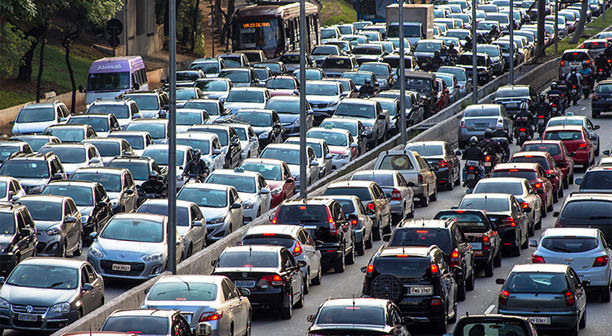
Traffic congestion is a term used to describe a condition on characterised by longer journey times, slower vehicle speeds, and higher vehicular queueing on motorway and other traffic routes. Traffic congestion in modern urban areas has become increasingly common as the 1950’s progressed.
This condition occurs because there are more people travelling on a given road at a large volume in a shorter period of time. The problem occurs when traffic is congested on busy roads, or when people get in their cars before their planned destinations. This then causes traffic congestion, which is caused when there is not enough traffic going through a particular route at a higher speed.
This congestion occurs when there is too much congestion in the road system and this creates bottlenecks, when people try to avoid this by avoiding driving in areas of high traffic, such as a busy motorway. This causes the queueing effect, where there are more drivers on the road ahead than those behind.
To alleviate this situation and keep it from happening, many drivers try to avoid traffic congestion. However, this can lead to more congestion and, as a result, further problems arise.
Some drivers choose to drive to their destination when traffic congestion occurs so that they can avoid all the problems. This makes sense for them, but this is not always possible. Others attempt to avoid congestion by waiting in queues and avoiding traffic jams. However, some drivers may have no choice and may need to make a choice between going to their destination and staying in their car.
One of the main reasons why drivers have to deal with traffic congestion is because they do not have control over the road and traffic conditions, and it becomes difficult to avoid these circumstances. In order to reduce traffic congestion, drivers need to be aware of the causes and consequences, so that they are able to identify how to reduce the problems and improve their driving habits to ensure that traffic congestion does not occur.
Congested roads are one of the biggest causes of congestion. It is also very easy to reduce congestion by driving carefully and cautiously and using the correct lane, as well as by reducing the amount of traffic moving through the area.
There are many different causes of congested roads, which include; road works, bad weather, poor road maintenance and excessive traffic. Each of these causes cause the roads to become congested and, if left untreated, can cause the roads to become even worse. Drivers who find themselves in congested conditions should avoid these traffic conditions by avoiding the traffic flow of traffic through the area.
However, if traffic congestion is not controlled, then it can become an increasing problem and cause problems and costs. These are issues that are best solved by finding out what the problem is first and then doing something about it. By being aware of the causes, you are better placed to prevent these issues. This can often be done by attending traffic conferences and seminars on how to solve the problem.

